The Uffizi Gallery in Florence is home to an assorted collection of priceless Renaissance masterpieces from masters like da Vinci and Michelangelo. This art gallery draws a massive crowd, with over two million tourists from all over the globe. Nestled between Palazzo Vecchio and the Arno River, with a bewitching view of Ponte Vecchio, it is one of the first modern museums in the world. Among the most visited museums in Italy, Uffizi Gallery is a must visit for art enthusiasts.
Why You Must Visit the Uffizi Gallery
The Uffizi Gallery houses over 45 rooms of art spanning centuries of Italian and European masterpieces. Whether you’re a connoisseur or simply appreciate the grandeur of classic works, there is something for everyone to enjoy at this incredible institution. Some of the most beloved works in the gallery are Botticelli’s Birth of Venus, da Vinci’s Annunciation and Michelangelo's Doni Tondo.
Not only is it a great opportunity to appreciate some of the world’s greatest artworks, but there is also much to learn here. Courses, lectures and seminars are offered to help visitors gain a greater understanding of the artworks, as well as some insight into their historical context.
Uffizi Gallery Tickets
The Uffizi Gallery Highlights - The Paintings
1. The Birth of Venus, by Sandro Boticelli
One of the most celebrated works of Sandro Botticelli from the early Renaissance period is the “Birth of Venus”. Boticelli set precedent with canvas, a shift from the usual plank paintings and frescoes. He was the first artist in Tuscany to paint on canvas and the size of the painting was six by nine feet. Inspired by classical statues, the painting shows the goddess of beauty and love, Venus, arriving on the island of Cyprus. She is shown standing on a giant oyster shell, and is met by a young woman, who has been identified as one of the Graces or as the Hora of spring. The painting won huge accolades in Paris and London, and it was the most-viewed painting in the museum in New York in the 1940s.

2. Annunciation, by Leonardo da Vinci
The Annunciation is considered to be one of the early works of Leonardo Da Vinci, painted while he was still working in the studio of his master, Andrea del Verrocchio, between the years 1472 to 1475. It is treasured worldwide as one of Leonardo da Vinci’s first contributions to the world of art. In the painting, the archangel Gabriel announces to the Virgin Mary that she would be giving birth to Jesus. This Renaissance masterpiece has been on display in the Uffizi Gallery after it was brought from the church of San Bartolomeo in 1867.
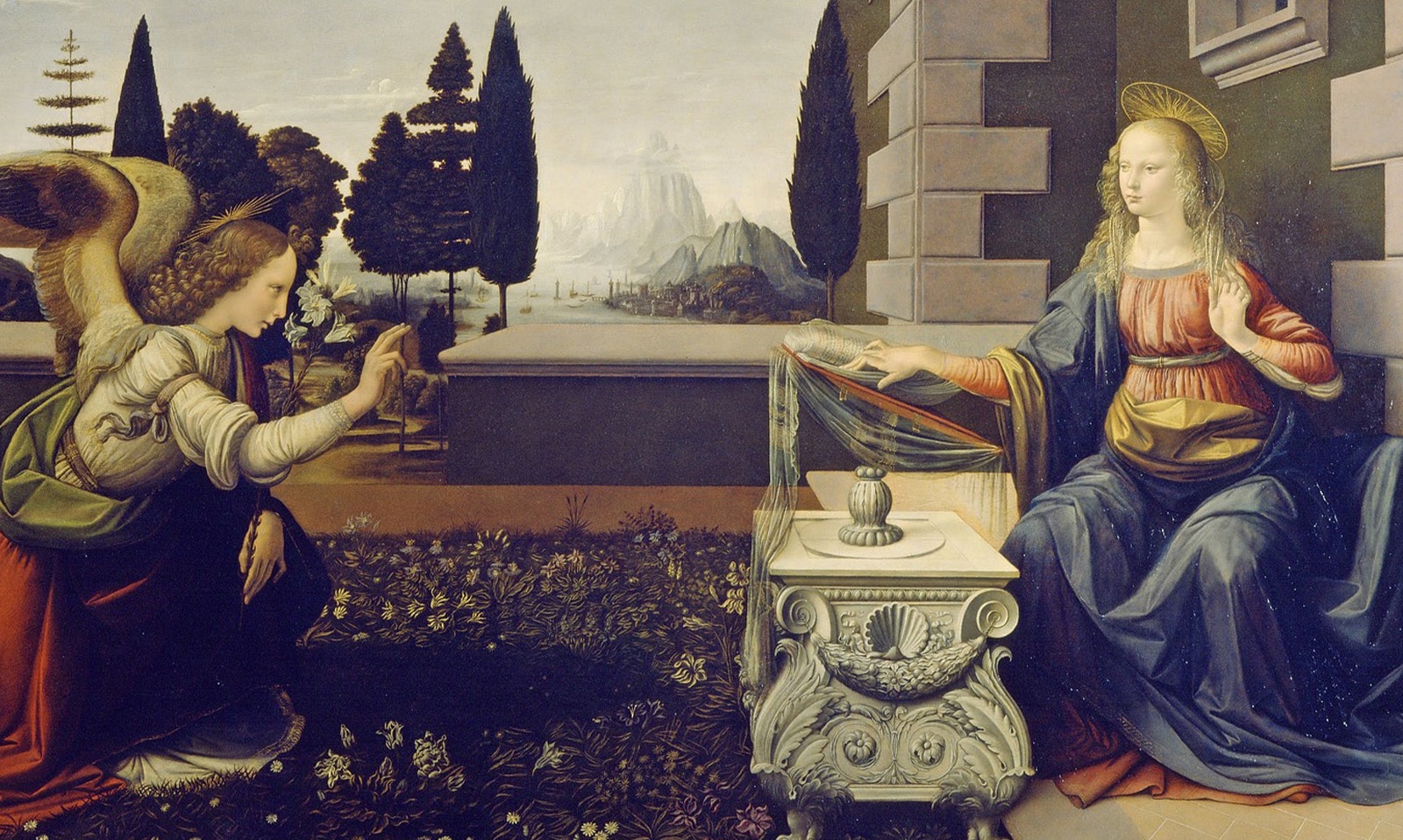
3. Perseus Freeing Andromeda, by Piero di Cosimo
This painting was widely appreciated by critics and art historians for its aesthetic, cosmological and political implications. In the painting, the demigod Perseus slays the sea monster and rescues Andromeda, a beautiful princess thrown to the monster by her father.
4. Portrait of Eleonora of Toledo, by Agnolo di Cosimo
One of the preeminent examples of Mannerist portraiture, Eleanor of Toledo, the wife of Cosimo I de’ Medici, the Duke of Tuscany, is shown seated, with her hand resting on the shoulder of one of her sons. She is wearing a heavily ornamented dress with black arabesques and reflects the picture of the ideal woman of the Renaissance. The painting is the first known state-commissioned portrait to include the ruler's heir.
5. Venus of Urbino, Titian
Titian’s The Venus of Urbino, or the Reclining Venus, is an oil painting which was started around 1532 and was completed in 1534. The painting shows a young nude woman, identified as the goddess Venus, reclining on a bed in the luxurious surroundings of a Renaissance palace. Be it adding depth, intensity or character to the painting, Titian’s skill is clearly evident in the portrayal of the softness of skin and the quality of materials.
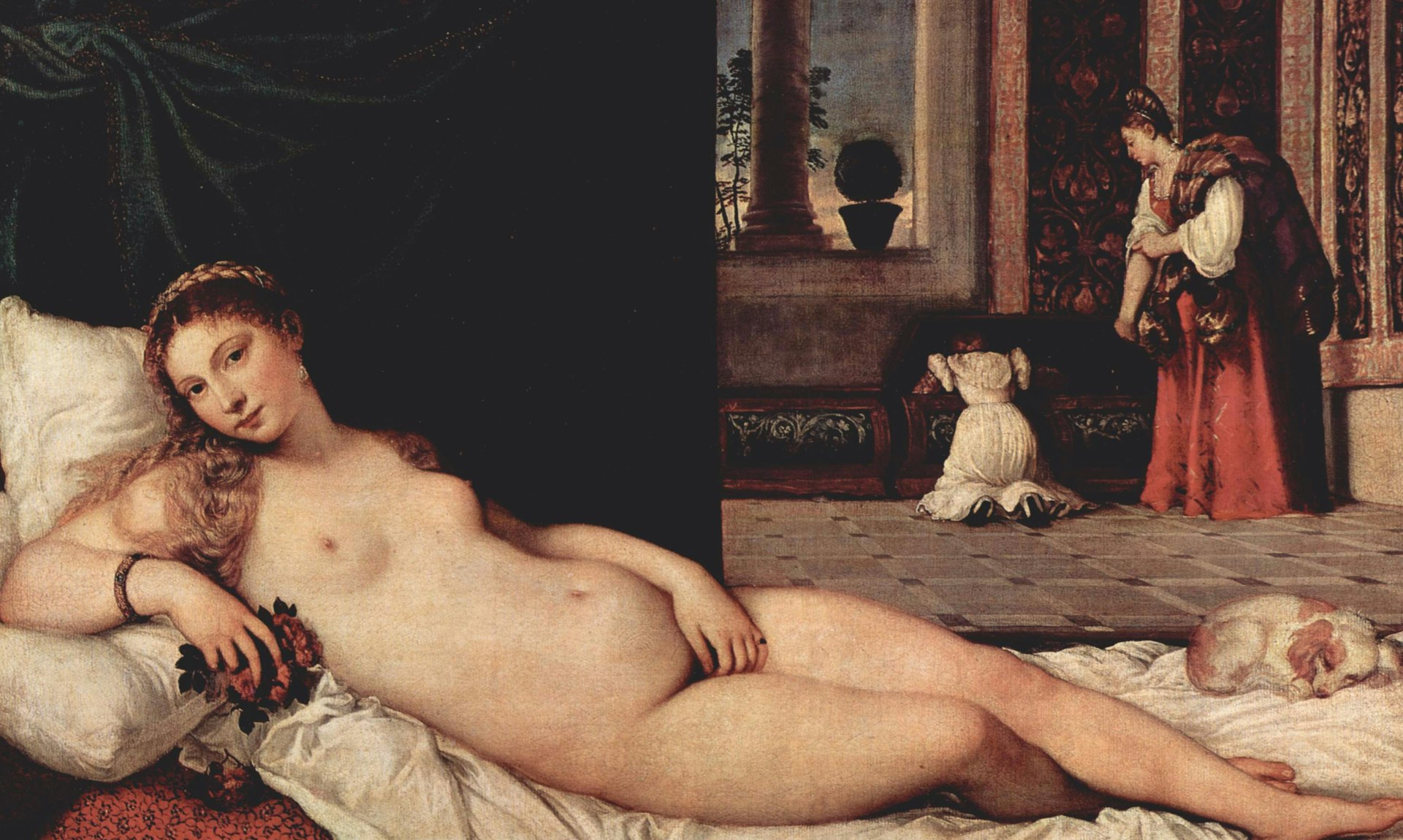
The Uffizi Gallery Highlights - The Architecture
1. Gallery Entrance Staircases
The luxuriant staircase going to the Gallery on the final floor is divided into two parts and both are characterized by very different designs and architectural styles. The first staircase leads to the first floor and was designed by Vasari in the Florentine Renaissance style where different framings on the white lime plaster have heavy use of ‘Pietra Serena sandstone. The second staircase, designed in Neo-Classical form opens on the gallery floor via an elliptical vestibule. Vibrant and contemporary interiors with pastel green tones and neoclassical elements on the staircase and entry hall are symbolic of the joyous period when the young Grand Duke opened the private Gallery to the masses which was earlier reserved for selected dignitaries.
2. The Uffizi Gallery
One of the most significant pieces of 16th-century Italian architecture, the Uffizi Palace was built in classical style intending to unite and house the offices (“Uffizi”) of the city magistrates of Florence. For this head-turning architecture on the banks of the River Arno, alongside the Palazzo Della Signoria, Vasari created a wide and bright space, and the Palace is constructed from a series of modules. Each has three stories visible on the facade: the portico (arched colonnade), the piano nobile (main floor) and the loggia (covered gallery).
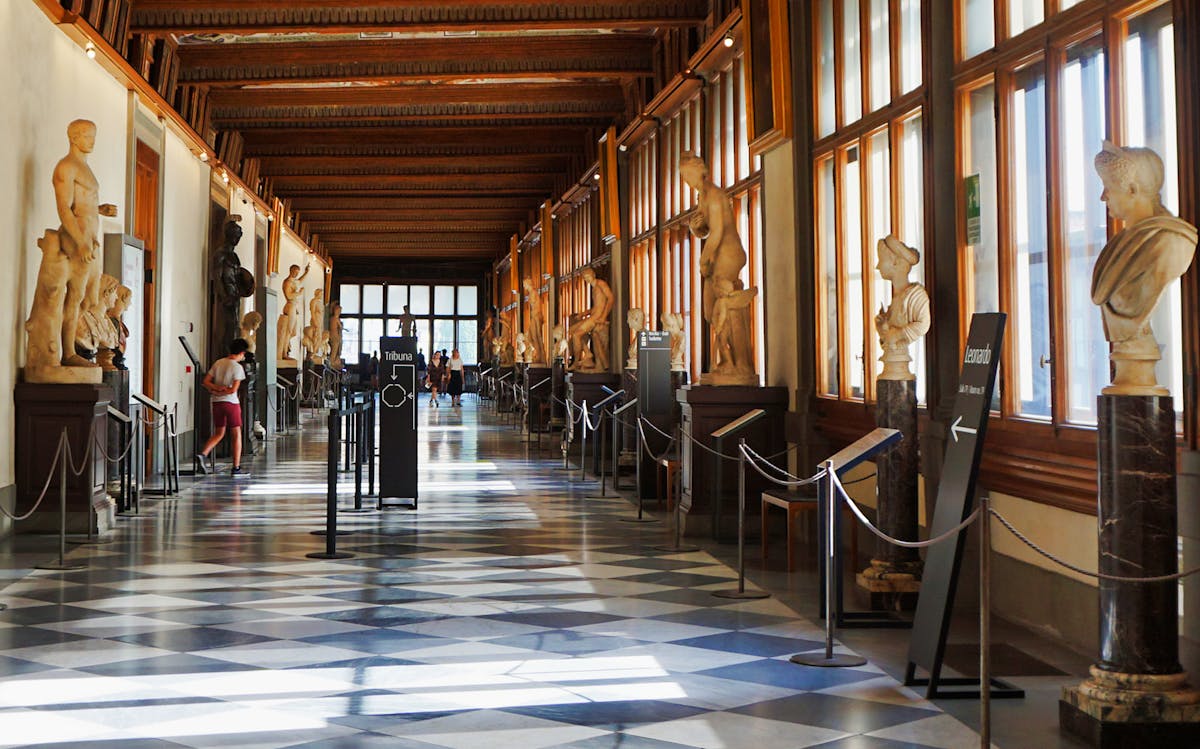
3. The Tribune
The Tribune by architect Bernardo Buontalenti dates between 1581 and 1583. This octagonal structure was designed to keep the embellishments, precious stones, and jewels of Francesco I de Medici, the Grand Duke. The dome, symbolizing the Vault of Heaven, has an external lantern that also functions as a sundial with a weathervane. Tribune’s decorations and furniture feature the four elements- Earth, Water, Air, and Fire. Earth is represented by the floor as a wide flower embellished with polychrome marble and hand-painted plants and animals at the base of the wall. On the dome, Water was represented using millions of red cochineals. The precious red velvets on the walls with gold fringes represented the Fire element and the towering lantern open to winds symbolized Air.

4. The Gallery Corridors
“Galleria”, the term universally used to describe a collection of paintings, originated from this place and on the top floor of the Uffizi Gallery, the East, South, and West corridor are a striking feature of the Gallery. The massive corridor windows overlook other attractions and monuments of the city like Santa Maria del Fiore, Palazzo Vecchio, and Orsanmichele on one side and the river, Ponte Vecchio, and the lush green hillsides on the other. The ceilings of the corridor are adorned with frescoes. The first fresco with Grotesque-style mythological depictions was painted in 1581 in the East corridor and the next two centuries, followed by the second and third corridors.

The Uffizi Gallery Highlights - The Sculptures
1. Martyrdom of St. Lawrence, by Gian Lorenzo Bernini
Martyrdom of Saint Lawrence by the Italian artist Gian Lorenzo Bernini depicts the saint at the moment of his martyrdom, being burnt alive on a gridiron. The marble sculpture measures 108 by 66 cm and as a part of the Contini Bonacossi Collection, it is kept in the Uffizi Gallery. The statue is sculpted from a single block of Carrara marble with a wooden pedestal smeared with golden paint. Several tools were put to use on different parts of the sculpture to create different surface textures. This baroque piece of art reflects emotional exuberance, and grandeur and is awe-inspiring.
2. Laocoon and his Sons
This jewel from Greece's Hellenistic Period has been marvelled at for the variety of expression in the faces of the figures and the precision in its anatomy that makes it look so real. Laocoön and His Sons has been of great interest to archaeologists and art lovers ever since it was unearthed in the 16th century because of its splendid craftsmanship. The marble sculpture showcases three figures who desperately try to free themselves from the clutches of serpents but remain entangled no matter how hard they try to twist and turn.
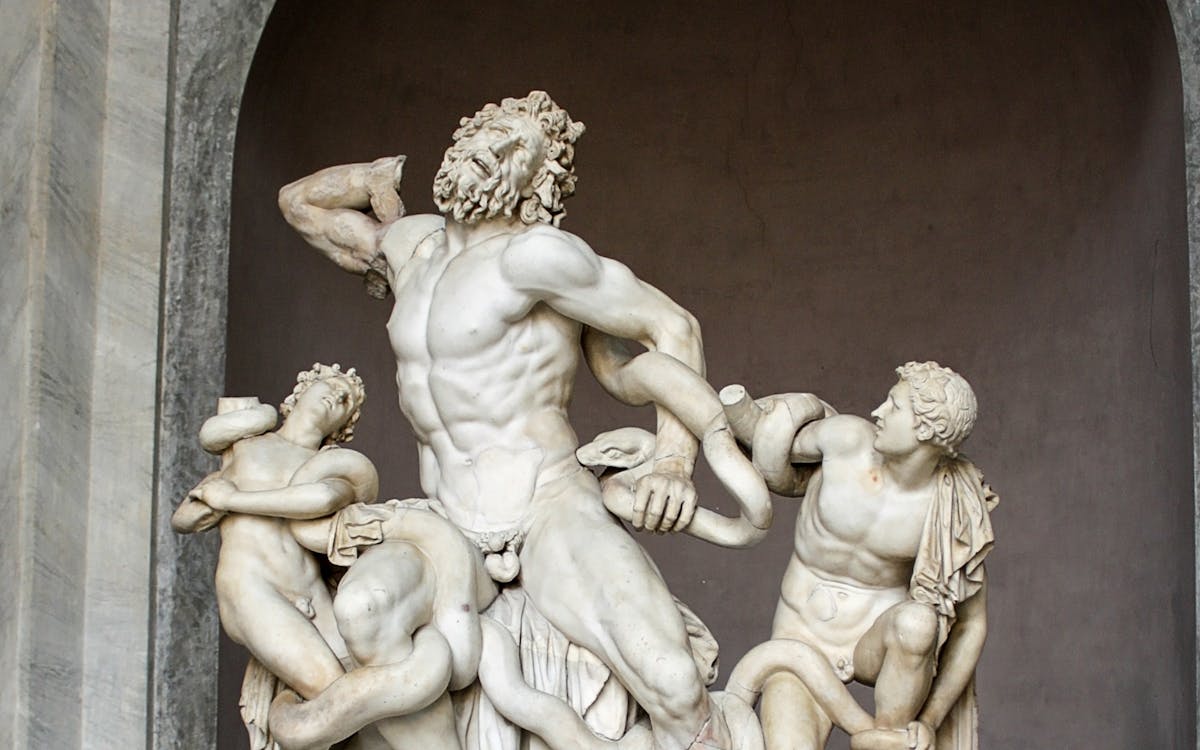
3. Pomona, by Marini Marino
Marino Marini’s Pamona is interpreted as Mother Nature, representing fruitful abundance, sensuality, and humanity. In Ancient Rome, Pomona is the Etruscan god of fertility and is represented holding an apple in traditional iconography. Pamona is represented by a nude bronze statue of the female goddess, with neither arms nor head. With slightly protruded breasts, the right leg supports the body's weight and the left leg is slightly extended. The artist donated the statue in 1987 to the Gallery of the Statues and Paintings of the Uffizi and is exhibited in San Pier Scheraggio.
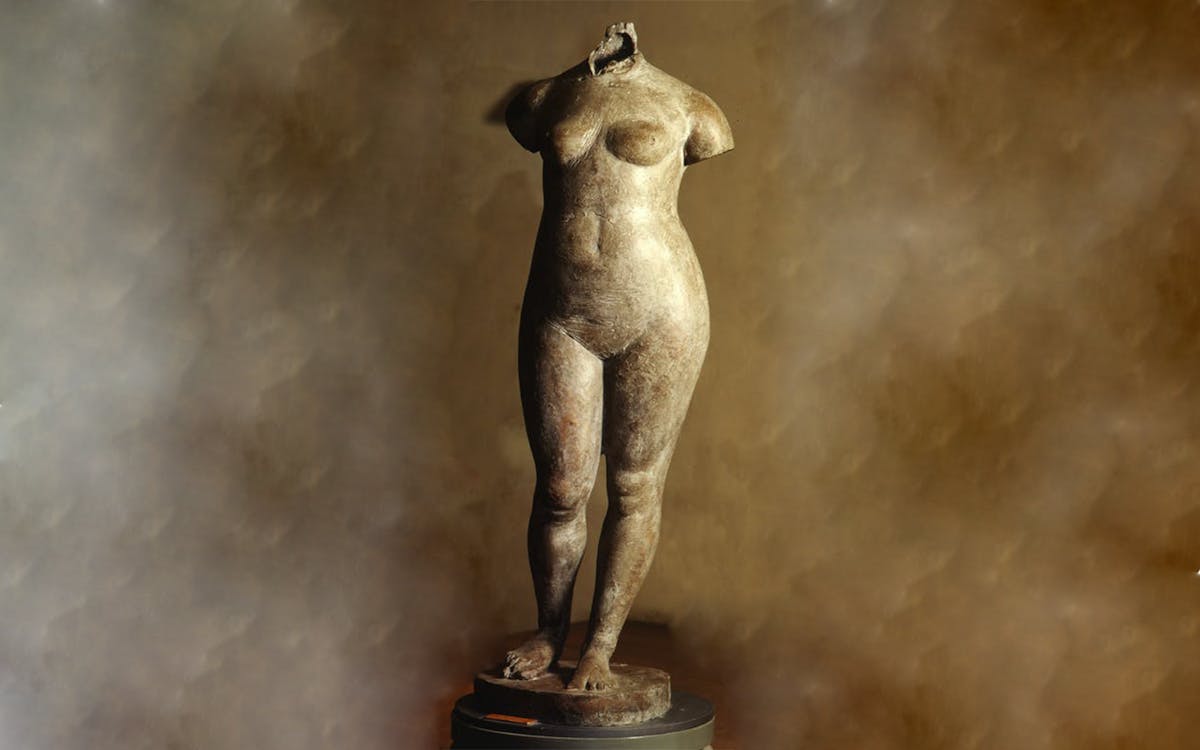
4. Venus de Medici
According to Pirro Ligorio, the 153 cm statue was found near the Trajan Baths, inside the vineyard of Bishop of Viterbo, Sebastiano Gualtieri, in Rome. This statue is datable to the period between the 2nd and the 1st century B. C where the base podium of the statue bears the signature of Cleomenes, son of Apollodorus, a sculptor during the 1st century B. C working in Athens. Light traces of the original colors have recently come to light where evident remains of gilding on the top of the hair, cinnabar on the lips, and Egyptian blue on the base can be seen. The statue exchanged went from Florence to Paris in 1802, and back again in 1816.
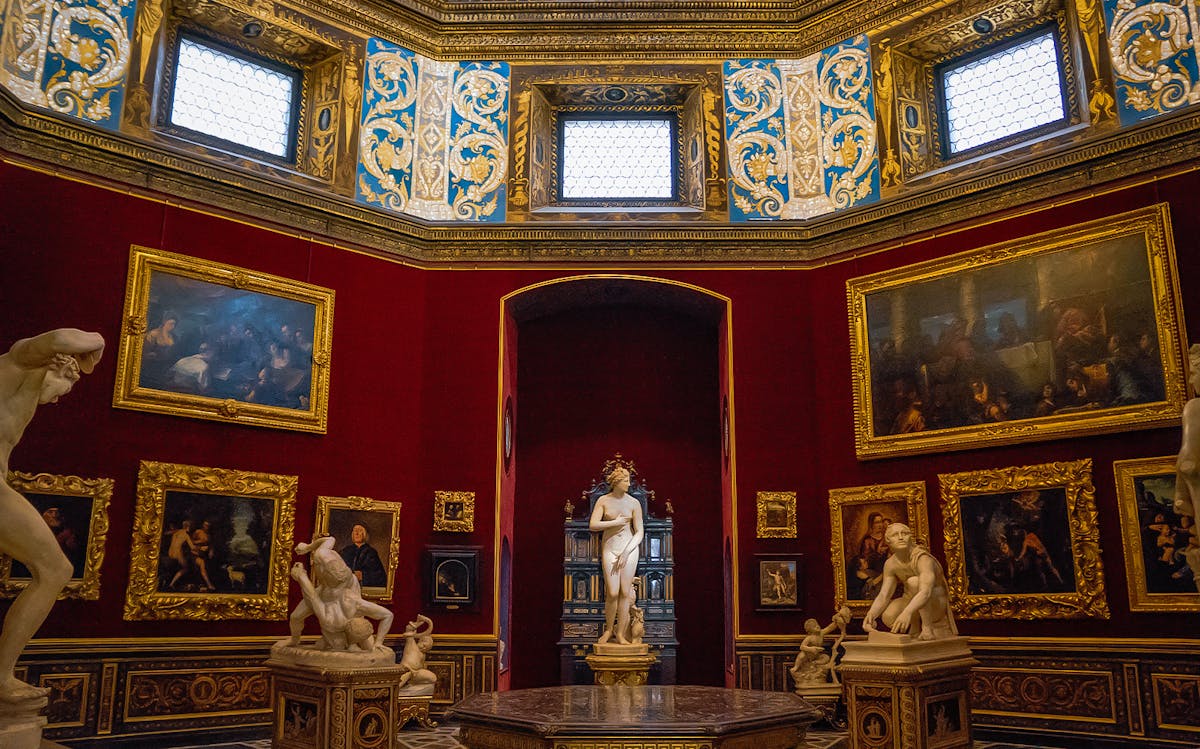
5. Mars Gradivus, by Bartolomeo Ammannati
The magnificent bronze statue known as “Mars Gradivus”, of height 215 cm is one of the most celebrated works of Bartolomeo Ammannati. This masterpiece indicates the divinity or battle stance of God Mars and has been shown with a very accurate rendering of the anatomy and torsion of the torso. God Mars can be seen heading an army as he marches with a baton in his right hand and a sword in his left, originally with a blade. In the 17th century, the bronze sculpture was initially placed in the gallery and then it stood with Silenus and the infant Bacchus by Jacopo del Duca. In 1797 it was moved to Florence and has been housed in the Uffizi Galleries ever since.
Current Exhibitions at Uffizi Gallery
- "Divina simulacra" (Until June 30, 2024): A deep dive into religious sculptures from Tuscany, spanning the late Middle Ages to the early Renaissance.
- "The Medici: People of Mugello. Portraits from the Uffizi Gallery. Lands of the Uffizi. Scarperia and San Piero" (Until June 2, 2024): Showcases portraits of the Medici family from the Mugello region.
- "Giovanni da San Giovanni: A Unique Vision. The Independent Artist at the Medici Court" (Until March 30, 2024): Features the works of Giovanni da San Giovanni, known for his distinctive style in the 16th century.
- "For Images and Colours: The Tale of Santa Umiltà da Faenza in the Uffizi's Medieval Masterpiece" (Until March 3, 2024): Explores the life of Santa Umiltà da Faenza, depicted in the Uffizi's medieval art.
- "Baccio Bandinelli: The Artist and Sculptor" (Until February 25, 2024): Focuses on Baccio Bandinelli, a prominent 16th-century Florentine sculptor and painter.
FAQs
What are the highlights of Uffizi Gallery?
What are the highlights of Uffizi Gallery?
How long will it take see the Uffizi Gallery?
How long will it take see the Uffizi Gallery?
Is photography allowed inside the gallery?
Is photography allowed inside the gallery?
Are there audio guides at the Uffizi Gallery?
Are there audio guides at the Uffizi Gallery?
Are food and drinks permitted inside the Uffizi Gallery?
Are food and drinks permitted inside the Uffizi Gallery?
Are there discounted prices for students?
Is the Uffizi Gallery accessible by wheelchair?
Are pets allowed inside the Uffizi Gallery?

